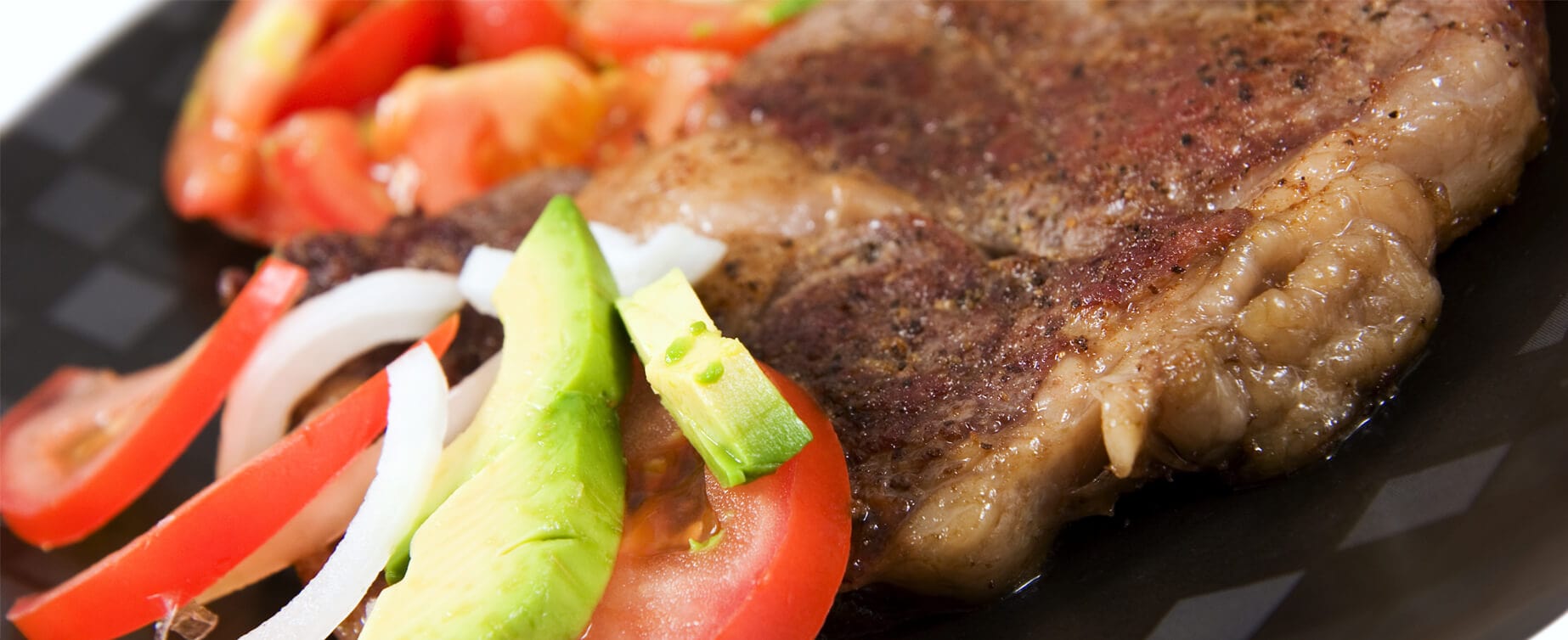
The Truth About Fats: The Good, The Bad, and the Oily
By Dr. Peter Dingle Posted 2/01/2020 in FITNESS
The rapid increase in obesity that began in the 1980s coincides with the emphasis on low fat diets and the food pyramid promoting grain and carbohydrate consumption in place of fat. While this is only circumstantial evidence, a large number of studies now show the low fat dietary approach to be wrong.
A review of data from 23 random controlled trials comparing low carbohydrate and low fat diets showed most of the studies were conducted on people with health problems, including obesity, Type 2 diabetes and metabolic syndrome. The low carbohydrate groups often lost two to three times as much weight as the low fat groups. This is despite the fact that in most cases, calories were restricted in the low fat groups, while the low carb groups could eat as much as they wanted. When the researchers looked at abdominal fat (the unhealthy visceral fat) directly, low carb diets had a clear advantage.
Type of fat is the key

Despite what we have been led to believe fat is not the enemy. The type of fat that is found in our food is more important than the overall reduction of total fat. Fast foods and processed foods targeted to children and busy families are commonly high in processed vegetable oil, saturated, oxidised and trans fats.
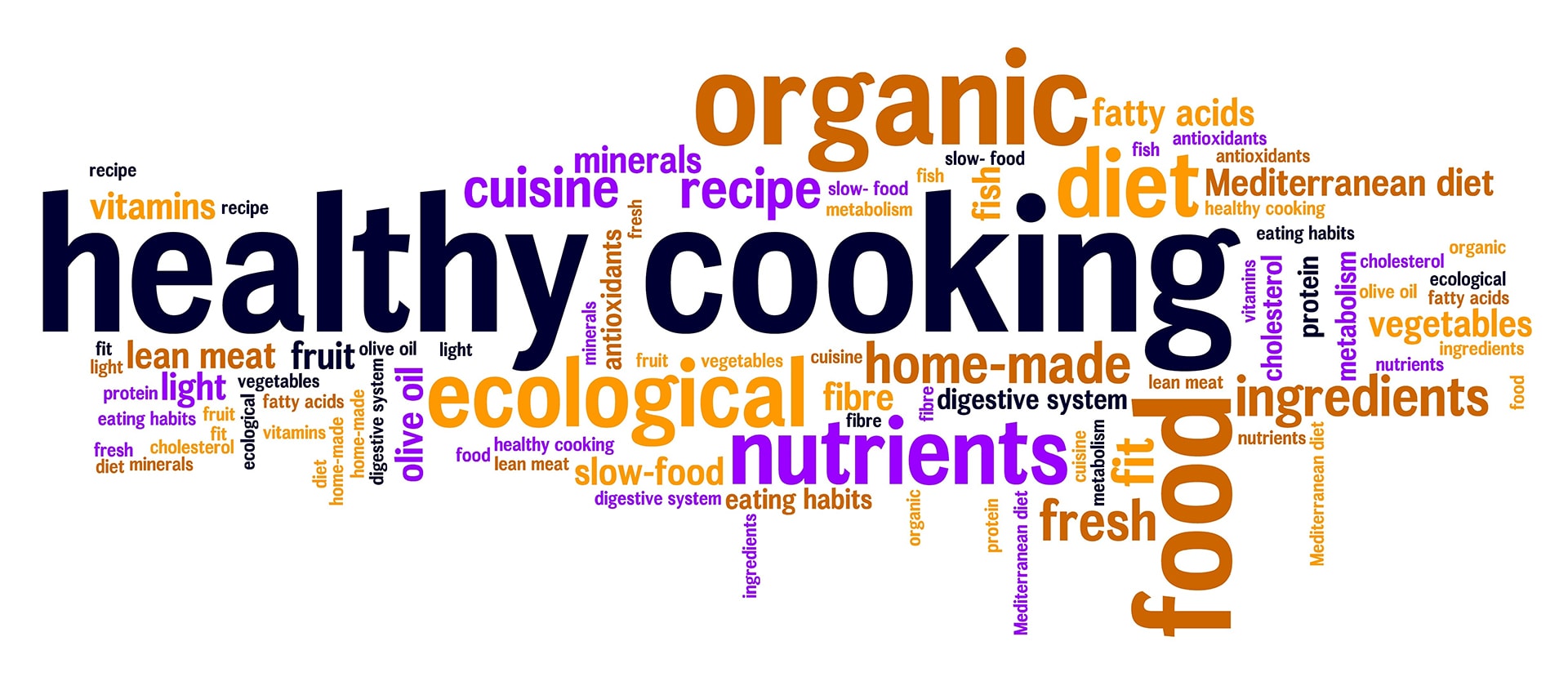
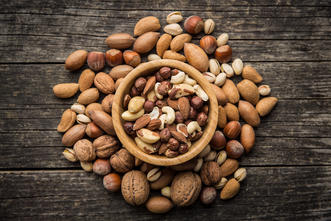
A decrease in processed fats, trans and saturated fats in a controlled diet has been found to result in an overall decrease in body mass index in obese children. So overeating the wrong fats may contribute to obesity development even without excessive energy intake. In fact, the consumption of some fats, in particular medium chain triglycerides (found in coconut) have been shown to speed up weight loss. Despite the high fat content in nuts and some fruits like avocados they don’t contribute to weight gain. In one study, those who consumed more nuts were the ones who did not put on weight compared to the low nut consumption groups. This is probably due to eating fewer junk food snacks and the benefits of the nutrients on the body’s metabolism. Raw nuts with no added sugar, salt, oil or any other coatings are the most nutritious.
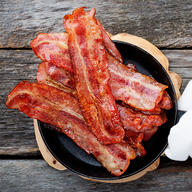
In our body fat has many functional roles including protecting the internal organs from knocks and trauma. It insulates and keeps us warm and cushions our joints, cushions our heels to stop jolting and jarring during walking and the fat on our fingertips enables us to feel, without pain, every touch. The fats keep our body protected and well oiled and serve hundreds of functions in all parts of the body, from cells to organs and whole systems. We should derive around 20% of our body’s calorie requirement from fat and fat is an important source of fat soluble vitamins such as A, D, E, K and inositol and choline. These fats are essential to maintain and build cellular structure, including the brain and nervous system, and are major building blocks of steroid hormones such as oestrogen and testosterone.
The oils we consume can also alter the sense of fullness. Obese people receiving supplements of 1300 mg per day of omega 3 for eight weeks compared to 260 mg per day while following a weight loss program, experienced a feeling of fullness for longer. Consumption of the weight loss diet and the high-dose omega 3 led to fewer hunger sensations immediately after the test meals, as well as two hours later.

The good and bad oils
The research on omega 3 oils is now overwhelming. Our problem now, though, is not just a shortage of the omega 3 oils but too much omega 6 oils and processed fats, which can out compete the good oils. We have been sold this story from the vegetable oils and margarine industry. However, they just forgot to tell you that we also have about 10 times too much omega 6 oils (vegetable oils like sunflower, safflower, grape seed etc) in the typical Western diet. They are not necessarily bad in their fresh form but we just have too much of them. In addition, most of them come highly processed already hidden in foods. Even if we don’t eat much of these oils on our salads or in cooking, the omega 6 oils are used extensively in the food industry so most of your processed foods contain the omega 6 oils. This includes breads, pastries, prepackaged foods, especially the ones that say no or low cholesterol and, to add salt into the wound, you even find them in your packaged fish such as sardines.
Other foods that contain high omega 6 concentrations include:
Deep fried food such as chips, margarines, Chinese foods, sun-dried tomatoes, and other preserves stored in vegetable, sunflower or any other oil mentioned above, Packet chips, most soya milks, many pre-made meals, biscuits, pizza, peanut butter, and chocolate spreads.
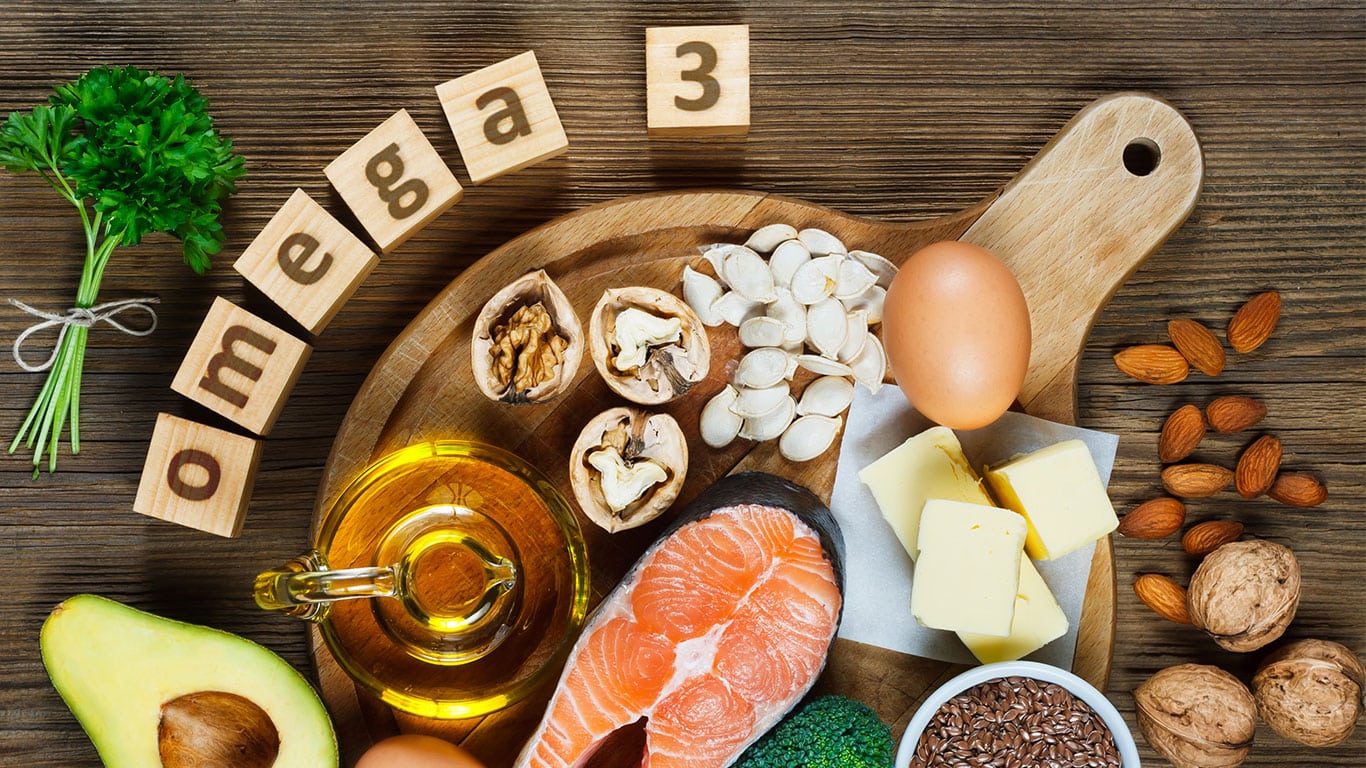
Omega 3 oils are largely from marine sources, such as fish and seaweed, and land sources such as linseed (flaxseed), nuts (especially walnuts) and green vegetables. A number of studies have now shown omega 3 fatty acids to help with weight management. Studies have shown omega 3s reduce fat levels in animals fed a high fat diet. In one study the omega 3 fatty acid docosahexaenoic acid-DHA suppressed the development of fat cells in laboratory studies.

The studies also show omega 3 to 6 ratio in pregnancy in linked to childhood obesity and a higher intake of omega 3 fatty acids during pregnancy lowers the risk of childhood obesity by 32%. This is the time when large amounts of DHA are transferred from the mother to the infant to support brain development.
Plant-based omega 3 oils (alpha linolenic acid-ALA) are found in very high concentrations in linseed (flaxseed) and chia seed. These are also both great sources of other nutrients including fibre and regularly shown as an effective component of weight loss programs.
Benefits of coconut oil
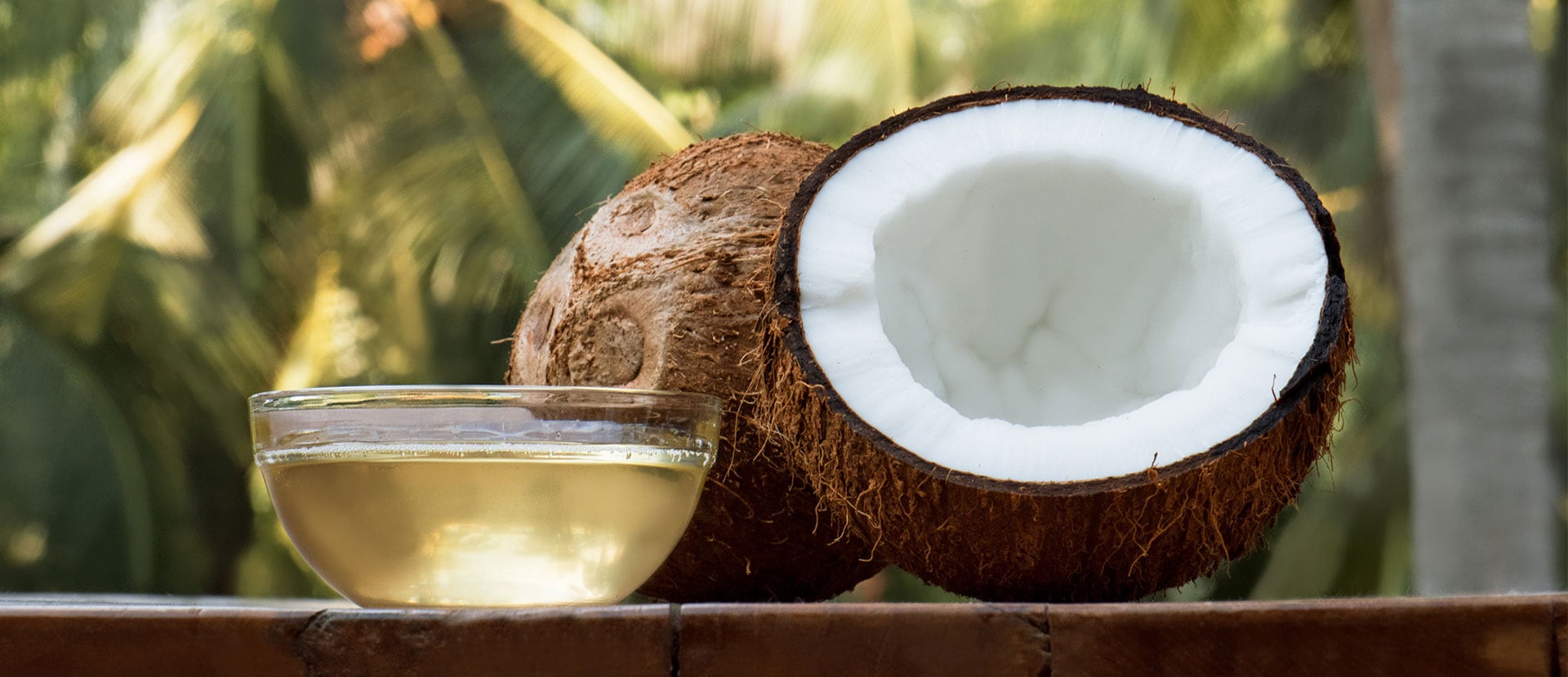
Coconut oil is another great food demonised by the Heart Foundation because it has lots of saturated fat. It is a rich source of medium-chain triglycerides (MCTs), which are metabolised differently compared to other fats. They bypass adipose tissue and are transported directly to the liver and promote up to a 5% increase in thermogenesis (the production of heat), which increases body metabolism by about 120 calories per day. The MCTs also increase a feeling of fullness and in one study of six healthy men saw a reduction of 256 calories per day. This may be related to the way these fats are metabolised. It is well known that ketone bodies (which the liver produces when you eat coconut oil) can have an appetite-reducing effect. Another study of 14 healthy men who consumed MCTs at breakfast ate significantly lower calories at lunch.

In addition, studies have shown that consuming coconut oil can contribute to reductions in weight and waist circumference. In a study of 40 women they were given 30 grams (two tablespoons) of either coconut oil or soybean oil for 28 days and told to eat fewer calories and walk every day. While both groups lost weight, just under one kilogram, the coconut oil group had decreased waist circumference and decreased HDL cholesterol while the soybean oil group had a mild increase in waist circumference and reduced HDL and increased LDL.
In another study in obese men, 30 grams of coconut oil for four weeks reduced waist circumference by 2.86 cm. Another study of just adding MCTs to the diet of 40 people for 90 days resulted in a reduction in body weight, waist circumference, a number of risk factors for diabetes and cardiovascular disease.

Coconut oil is also a great source of conjugated linoleic acid (CLA) and mice fed a diet rich in coconut oil were trimmer and fitter than mice fed a diet high in soybean oil due to coconut oil’s level of CLA. Extra virgin coconut oil is fully saturated oil, making it the perfect oil to use in high heat cooking and even frying. Use it for everything from popping corn to making a morning smoothie.
Butter reduces fat deposits

Butter also has lots of CLA (conjugated Linolenic Acid), and has been shown to inhibit the body’s mechanism for storing fat. Eating butter results in the body’s utilisation of fatty reserves for energy rather than for creating obesity. The association between intake from 21 food and beverage groups and the subsequent five year difference in waist circumference found that those who consumed butter tended to maintain or reduce their waist measurement, compared to those who did not consume butter.
CLA has been shown to inhibit lipoprotein lipase, an enzyme that breaks down fat in the blood so that fat cell uptake, or body fat accumulation, can occur. This inhibition results in reduced fat deposits. CLA also increases the breakdown of fatty acids stored in the body’s fat cells so they can then be returned to the blood stream to be used as an energy source for muscle cells, meaning simply that CLA directs the body to use fat reserves for energy.
Unlike saturated fats and omega 6 oils, olive oil, which is mainly omega 9 oils, doesn’t compete with the omega 3 oils. Used with vegetables it increases the absorption of important antioxidants such as lycopene, the red colour found in tomatoes.
Store oils correctly

Oil rapidly oxidises in heat, sunlight and exposure to oxygen so buy oils in dark glass bottles. Store oils in the fridge or dark, cool places. If heat and sunlight break them down, they’ll form free radicals that damage your body. Heating oil makes even the best oil toxic.
Cooking with oil destroys many of its nutritional components and causes other toxic components to form. Deep fried oils whether they are vegetable oils or animal fat are all toxic. Deep fried foods should be avoided altogether.
Despite the claims, margarines are no better and are much worse. Many of these products contain trans fatty acids, sometimes called hydrogenated fats, and are a notorious culprit in weight gain and heart disease. These toxic hydrogenated vegetable oils are in a solid, or semisolid state because it makes them easier to spread. They are included in biscuits, cakes, breads and many other commercial products. Some of the manufacturers take out the trans fatty acids and add other things that they claim are good for you and then get a special tick to say they are “healthy”. They are over processed and we already consume too much of the omega 6 (vegetable) oils. Any omega 6 added to our modern diet is too much.
Avoid high fat diets

While we are advocating changing our attitudes to fat and certainly changing the type of fats we eat we don’t suggest you go on a high fat diet. High fat diets also have significant problems. After just five days of eating a high fat diet (55% of calories from fat while a normal diet is made up of about 30 percent fat), the way in which the body’s muscles process nutrients changes, which could lead to long-term problems such as weight gain, obesity, and other health issues which shows that those high fat diets can change a person’s normal metabolism in a very short timeframe. They found that muscles’ ability to oxidise glucose after a meal is disrupted after five days of eating a high fat diet, which could lead to the body’s inability to respond to insulin, a risk factor for the development of diabetes and other diseases.
DISCLAIMER: Dr Peter Dingle is a researcher, educator and public health advocate. He has a PhD in the field of environmental toxicology and is not a medical doctor.
www.drdingle.com













